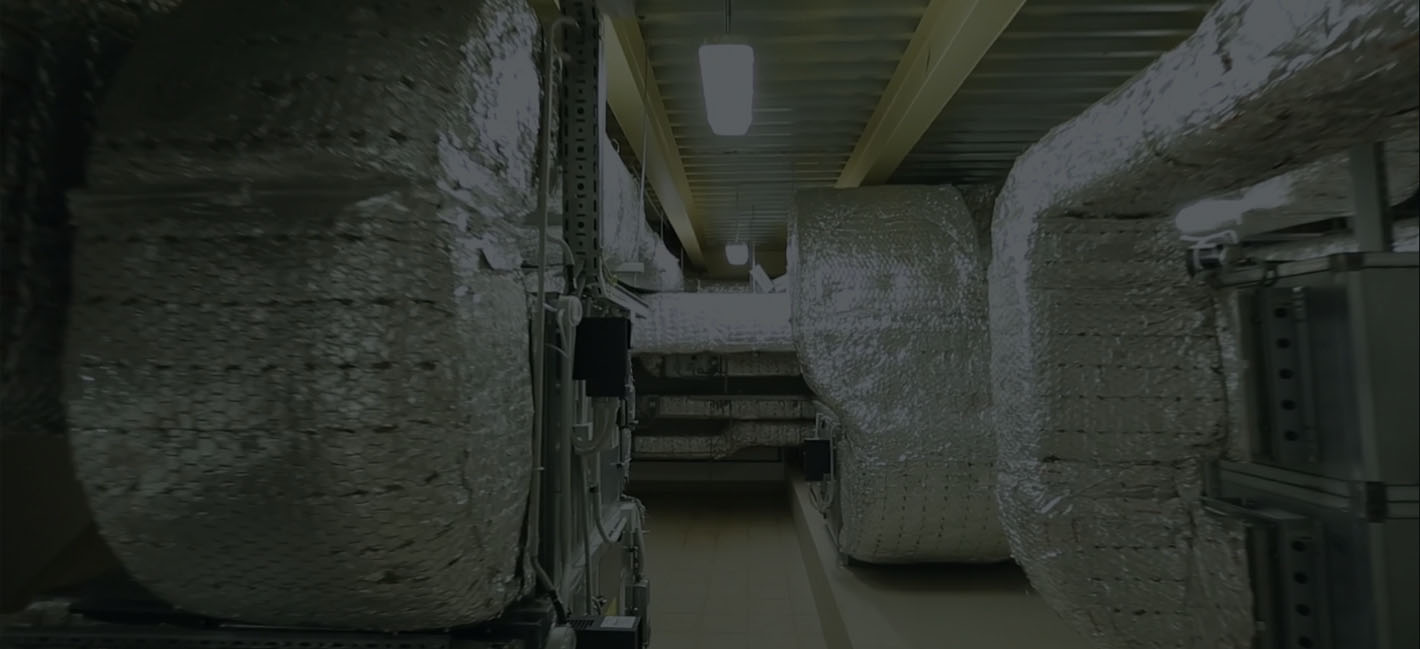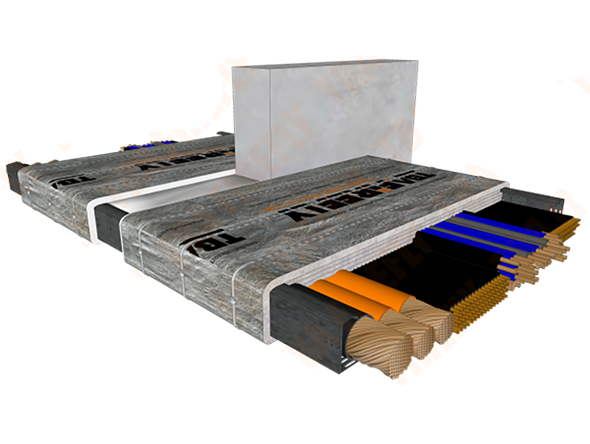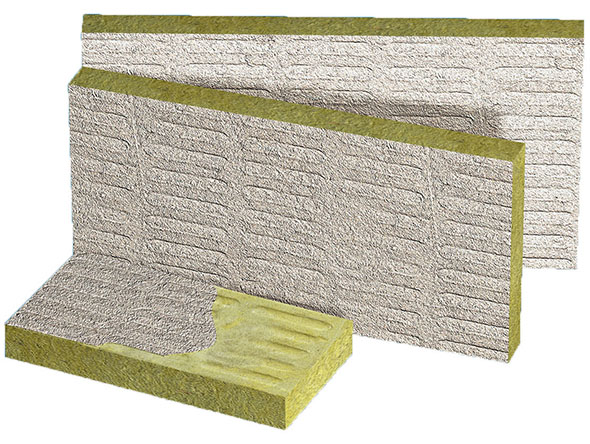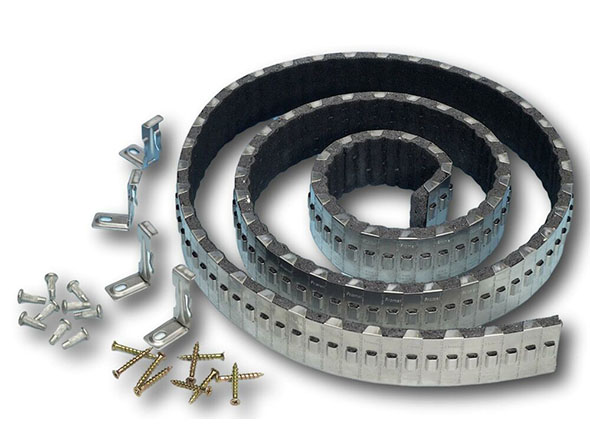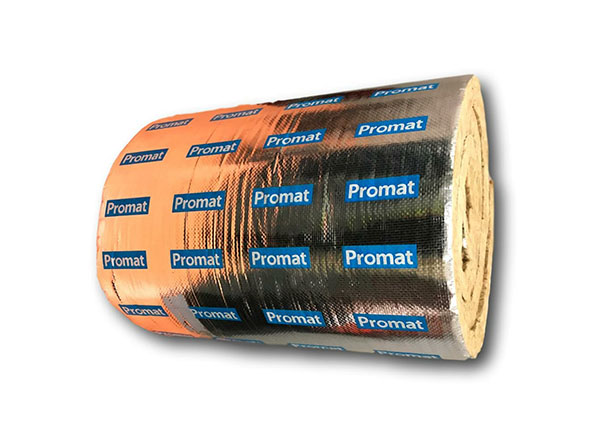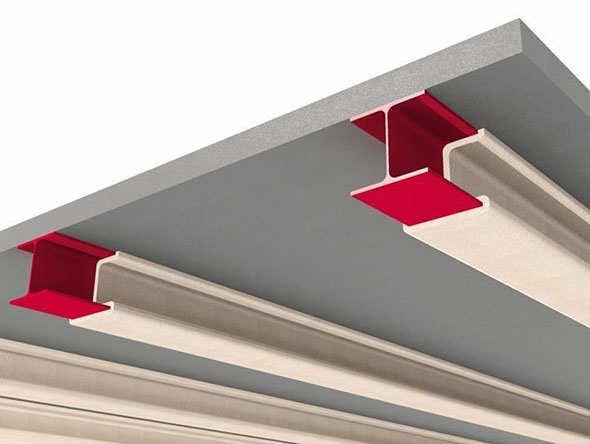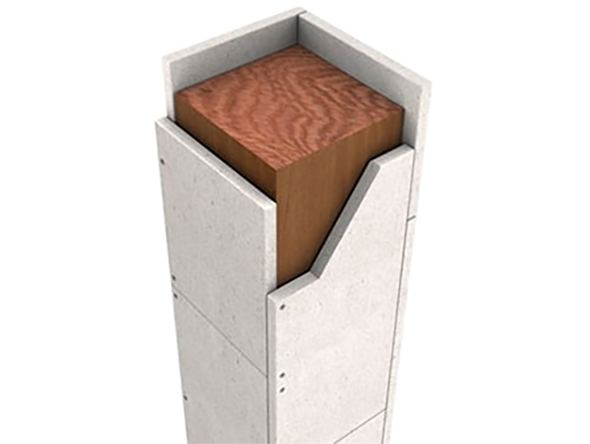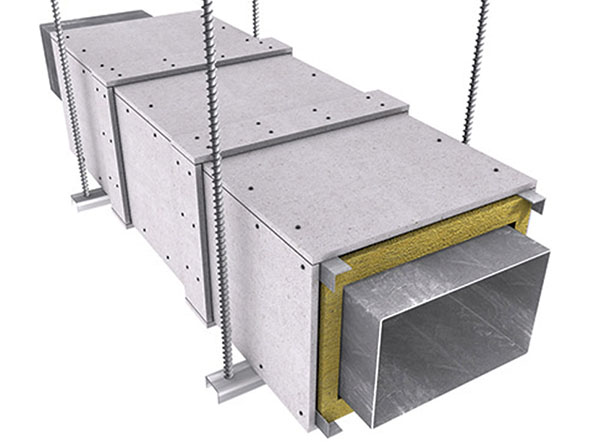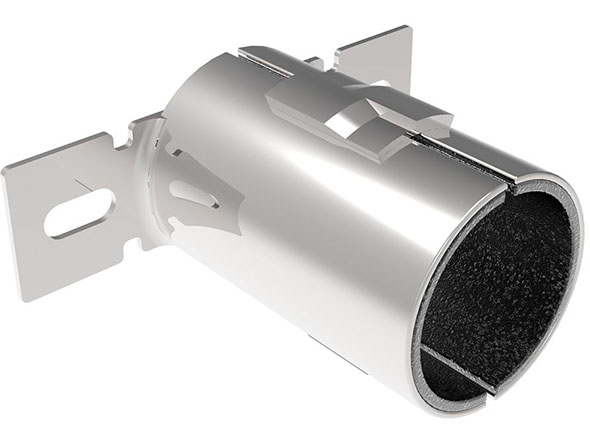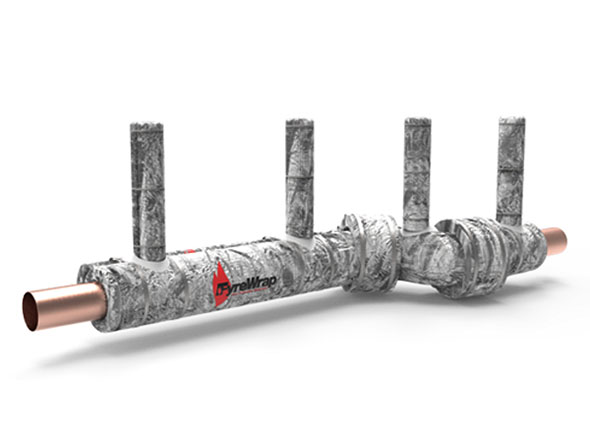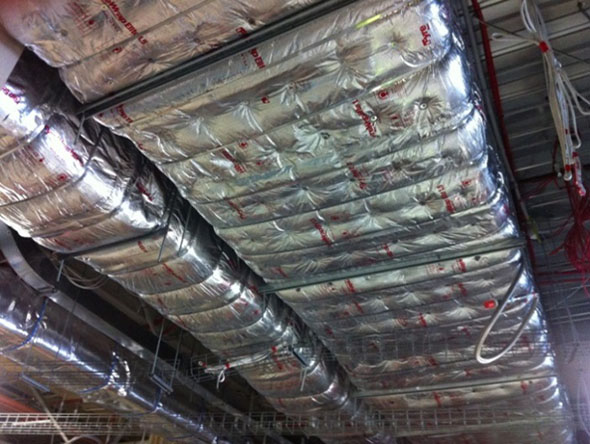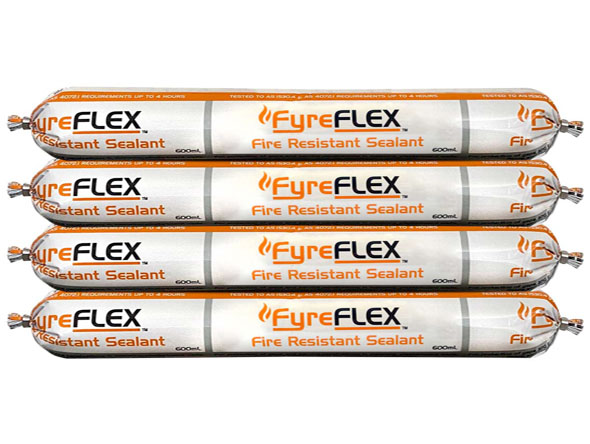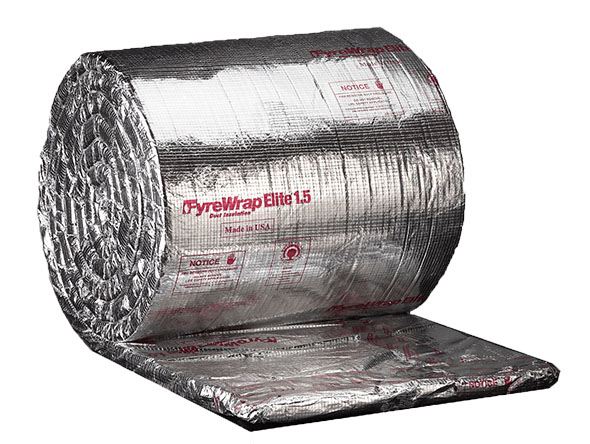Passive fire protection is a system of building materials and components that are designed to resist the spread of fire, contain the fire to a specific area, and protect the structure of the building.
BETR fire is committed to providing high-quality passive fire protection services to ensure the safety of your building and its occupants. We offer a range of services, including firestopping, fire-rated doors, fire-rated walls, fire dampers smoke seals and firestopping inspections.
- Firestopping: Firestopping involves sealing openings in fire-rated walls, floors, and ceilings to prevent the spread of fire and smoke. This can include sealing around pipes, cables, and ductwork, as well as around electrical outlets and switches.
- Fire-rated Doors: Fire-rated doors are designed to resist the spread of fire and smoke for a specific period of time. They are often required by building codes and regulations for certain areas of a building, such as stairwells, corridors, and mechanical rooms.
- Fire-rated Walls: Fire-rated walls are designed to resist the spread of fire and smoke for a specific period of time. They are often required by building codes and regulations to separate different areas of a building and to prevent the spread of fire between them.
- Fire Dampers: Fire dampers are devices that are installed in HVAC ducts to prevent the spread of fire and smoke through the ducts. They automatically close when they detect high temperatures or smoke, sealing off the ducts and preventing the spread of fire.
- Smoke Seals: Smoke seals are installed around doors and windows to prevent the spread of smoke between different areas of a building. They are often required by building codes and regulations for certain areas of a building, such as stairwells and corridors.
- Firestopping Inspections: Regular firestopping inspections can help to ensure that fire-rated barriers are properly maintained and sealed. This can help to prevent the spread of fire and smoke in the event of a fire and can also help to ensure compliance with local building codes and regulations.

